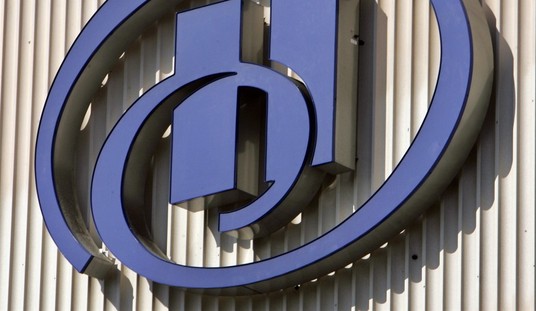There is good news and bad news this morning from Japan, but even the bad news sounds worse than it really is. First the good news:
Engineers fighting to restore mains electricity at the overheating reactors connected a power line into the plant 250 kilometres (155 miles) northeast of Tokyo, and said they would continue pumping in seawater round the clock.
After an epic week-long tussle to control overheating at the facility, where the tsunami knocked out backup generators, the crews were expecting to restore electricity to four of its six reactors, officials said.
The nuclear safety agency said workers had connected a power line to reactor number two at the plant after the 9.0-magnitude earthquake — the biggest in Japan’s recorded history — felled electricity pylons in the area.
“If no problem is found at the facility today, the power will resume as early as tomorrow (Sunday),” a spokesman for the agency said.
TEPCO had hoped to bring in the line earlier in the week, but the damage from the earthquake and tsunami proved to be a bigger obstacle to overcome than first thought. Assuming that the cooling systems didn’t sustain damage, the power will allow for more controlled conditions in the reactors. That’s a mighty big if, but even without it, it appears that the efforts to forestall a massive failure at the plant are working. A UN monitoring team says that the radiation from Fukushima Daiichi has not spread, either:
U.N. radiation tracking from Japan’s crippled nuclear plant shows levels taken elsewhere in the country, as well as in Russia and California, are minuscule, a diplomat with access to the readings said Saturday. …
The Vienna-based diplomat said the atmospheric measurements are 100 million to 1 billion times less than health-threatening levels.
He said the readings were taken on Friday at Takasaki, Japan, about 330 kilometers (200 miles) southwest of the accident site near the city of Fukushima; at Petropavlosk-Kamchatsky on Russia’s Kamtchatka Peninsula; and at Sacramento, California.
These are the first readings produced in Japan independent of the government, which has seen its credibility damaged in the crisis. It confirms that the accident has only had a relatively local impact, and that neighboring nations do not need to panic over the exposure. That includes the American West Coast, where the minute amount of radiation that has made it to the US from Japan equates roughly to 1/10000th of what one might get from, oh, a brick.
Even the bad news today has a similar issue of scale:
The government meanwhile said it had discovered abnormal levels of radiation that exceeded the legal limit in milk and spinach from areas near the stricken plant, but they posed no immediate threat to humans.
Government spokesman Yukio Edano told reporters Saturday that milk contaminated with radiation was found in Fukushima prefecture, while tainted spinach was discovered in neighbouring Ibaraki prefecture.
But Edano urged consumers to remain calm, noting that even if a person were to drink the contaminated milk for a year, the radiation level would be the equivalent of a single hospital CT scan.
All of which tends to make the radioactive-iodide panic run in our West look even more foolish. Let’s hope the good news continues, and the bad news continues to be this mild.








Join the conversation as a VIP Member